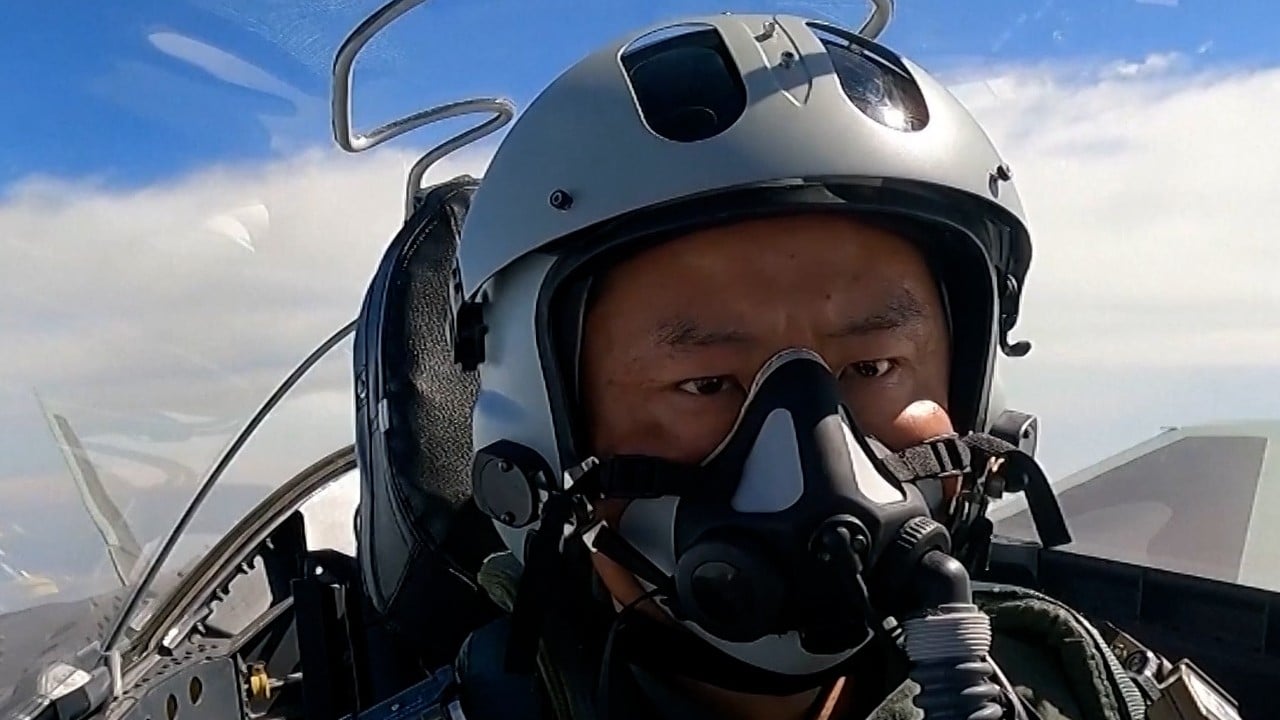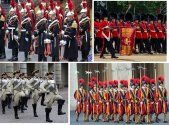You are using an out of date browser. It may not display this or other websites correctly.
You should upgrade or use an alternative browser.
You should upgrade or use an alternative browser.
PLA Ground Forces news, pics and videos
- Thread starter Jeff Head
- Start date
- PLA Daily says nurturing such leaders is an ‘important and pressing issue of the time’
- The Chinese military has deployed army officers on its naval vessels and air force officers to the army’s rocket units
Published: 12:00pm, 27 Mar, 2022For the People’s Liberation Army, it is one of the most “important and pressing” issues of the time. To observers, it is essential if China is to defend itself and keep peace in the region in an era of evolving international relations.
The pressing need, they say, is for the to develop commanders skilled in conducting joint operations across the various divisions of the armed forces.
In the past, each branch has trained staff independently, but now the military is trying to foster cooperation between the services to raise combat strength.
Hong Kong-based military analyst Song Zhongping said the tense international situation required the Chinese military to have more commanders capable of coordinating cross-branch operations.
“The United States has ramped up military pressures in the Indo-Pacific region, including the Taiwan Strait, forcing Beijing to prepare for the worst,” Song said.
“The world is not at peace, only those who are well-trained and capable of joint operations can defend the homeland and the country, and maintain peace and stability in the region, and even the world.”
Ni Lexiong, a Shanghai-based military analyst, agreed that joint operation commanders were vital to the PLA.
“If a military conflict happens near China one day, a commander who understands other services’ needs and priorities can make China’s actions more efficient,” Ni said, adding that the Chinese military had nurtured joint operation commanders for years.
China was researching the training of joint operation military commanders in the late 2000s, following the lead of the United States.
However, in the past China’s cross-service training has lacked momentum and the right procedures, supervision and logistics, according to South Sea Fleet Captain Colonel Yang Yang in a PLA Daily report.
This inability to coordinate was behind the failure of a training exercise several years ago in which the two branches involved in a joint army-navy landing force used different intelligence distribution systems, causing information to be delayed. The mission was not completed, Yang said.
“When connecting, each force had their own planning, set their own parameters, made their own calculations and never really put any effort into joining forces, which resulted in simple problems becoming big headaches,” he said.
In March 2016 during an inspection tour to the National Defence University, Chinese President Xi Jinping, who is also the chairman of the Central Military Commission, said training joint combat commanders should be a priority.

China’s PLA Air Force aims to improve pilot training on J-20 fighter jets
Xi’s call has started a new wave to educate China’s future military commanders to equip them with knowledge of each service branch and also in other branches, according to a study published by National Defence and Military Construction.
To that end, the Chinese military deployed army officers on naval vessels and seconded air force officers to the army’s rocket units, from PLA Daily in early 2021.
“During the cross-training, I became familiar with the tactical and technical performance of the navy’s main combat equipment, and also developed the thinking mode and communication habits of joint operations,” Major Li Mengchun from the army’s Northern Theatre Command was quoted as saying about his secondment to the navy.
In November 2020, the CMC issued a draft of its “PLA Joint Operation Outlines” in which it described such collaboration as “the top regulation for the PLA’s operational ordinance system in the new era”.
Now now, we want to look like a military, not a cosplay convention.If they bothered to style these after Han swords, they might as well change their ceremonial dress uniforms to Hanfu also.
View attachment 86104
hahaha, good fun, good fun.Not unless they legitimise it. These folks certainly do -
View attachment 86106
Be good fun, too, I'd reckon!
But seriously, I have to say that attire have traditions attached to them. The reason why Hanfu is not fit is because the PLA has not real direct link of tradition with any older military orders that wears Hanfu. Sure we are all Chinese and our ancestors wear Hanfu, but the PLA did NOT have its origin descend directly from Hanfu wearing military order/unit.
这些马
These horses look short, Mongolia horse?
How much money do the volunteer conscripts receive in PLA each month, as an allowance? Does anyone have an article/source stating a figure?
I think it depends on where they are stationed.





